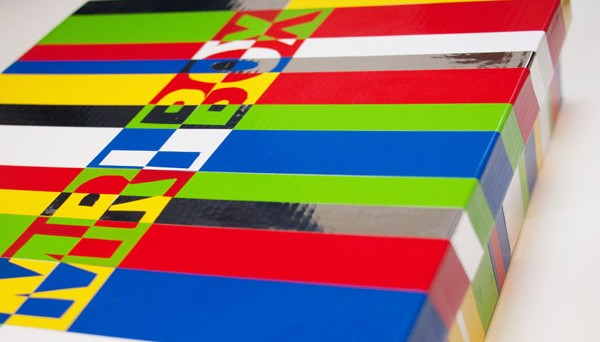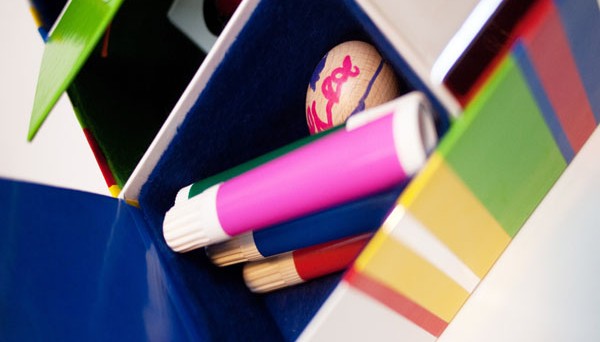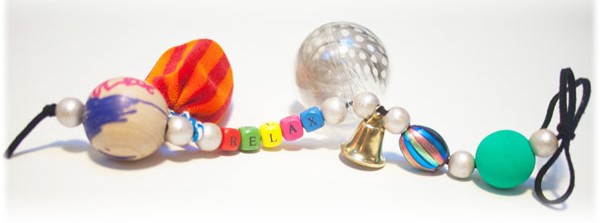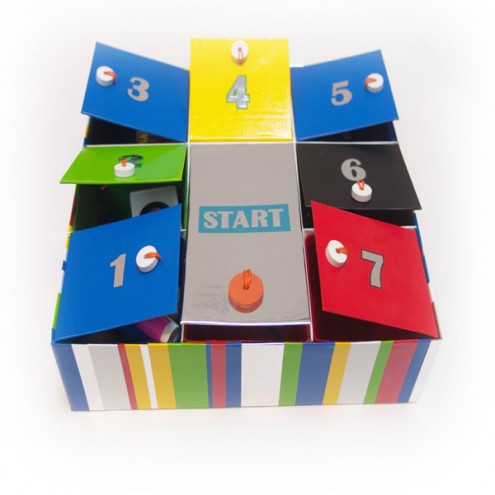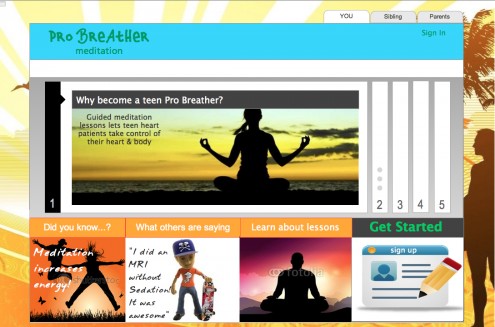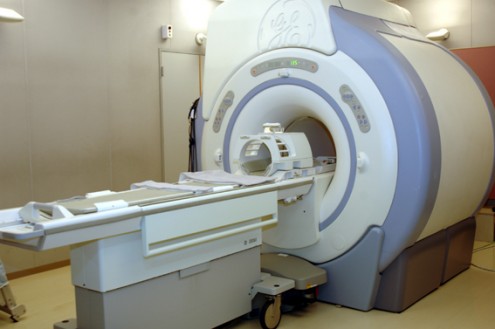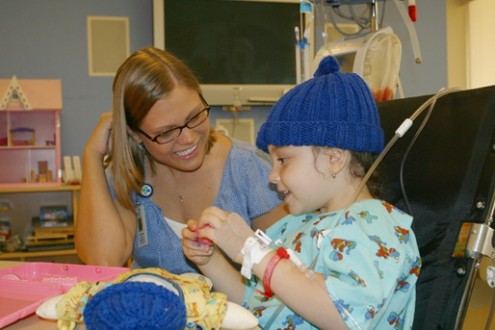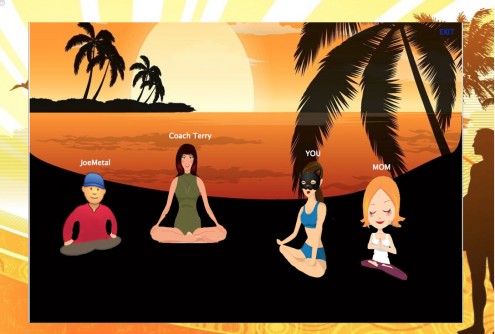By: Maria Arvidsson
Keywords: Child and MRI, Health, Children, Colorful, Confidence, Involved
Final presentation poster: Click here
Design Goal:
”to give children (5-8 years) the capacity to go through a MRI scan without anaesthetics by preparing them and helping them and their parents stay balanced in terms of enhanced relaxation, motivation and focus ”
Interaction vision: Sense of freedom: Confidence and Control.
Research Explorations:
Research goal: ”To develop an understanding for the primary user and his/her interactions with the environment, while also learning more about the MRI/an unknown context, situational stresses and how to relax”.
Methods: Observations, Interviews, Context mapping, Literature research.
Results: Children are in their way of living, exploring and acting out very different from adults. They live very much in the moment and react strongly on parent reactions. Children often react to stress with fear and their perception very much depends on their developmental phase. Going through a MRI can be hard for children. The sound and the environment can be scary and it is difficult and boring to lie still for very long.
Design implications: Focus on helping and involving children and parents together, facilitating a trusting and open relationship, giving the child control, guidance, comfort and preparation in a secure environment.
Design Explorations:
An extensive research was backed up with further expert and user interviews at hospitals. An initial prototype was build according to the insights gained. The concept was explored and developed during testing’s and evaluations. The main idea was to in one product bring together all the main values I found important for children, in order to be able to cope with a MRI without sedation.
I spend a lot of time on improving the concept, and developing the objects in each of the daily pockets; both material and shape should fit with the theme of the days. I did tactility testing’s with children to evaluate material aspects and get inspiration. I interviewed hospital personnel and parents and used their expertise to improve the prototype. I finally tested the concept with a child and got positive feedback and many thoughts confirmed. I brought all the insights and changes into a final prototype describing the concept as a finished product.
Final Design:
The MRI BOX – 7 days – 7 surprise objects – 7 exercises, a preparation tool for children going to a MRI.
About two weeks before the MRI the child will get a box home. It is his/her own MRI box providing all the information needed to prepare for the MRI. The box is a low-cost and low-tech product that helps the child prepare step-by-step together with a parent. Each day during one week the child opens one pocket in the box. He/she will learn something new through a small booklet and an exercise to do together with the parent. There is also a special booklet for the parents with more detailed instructions.
Every day is linked to a small object that will help the child remember what has been learned. The objects are collected on the memory chain. This chain is also brought to the MRI as a comfort, reminder and communication tool to the personnel.

